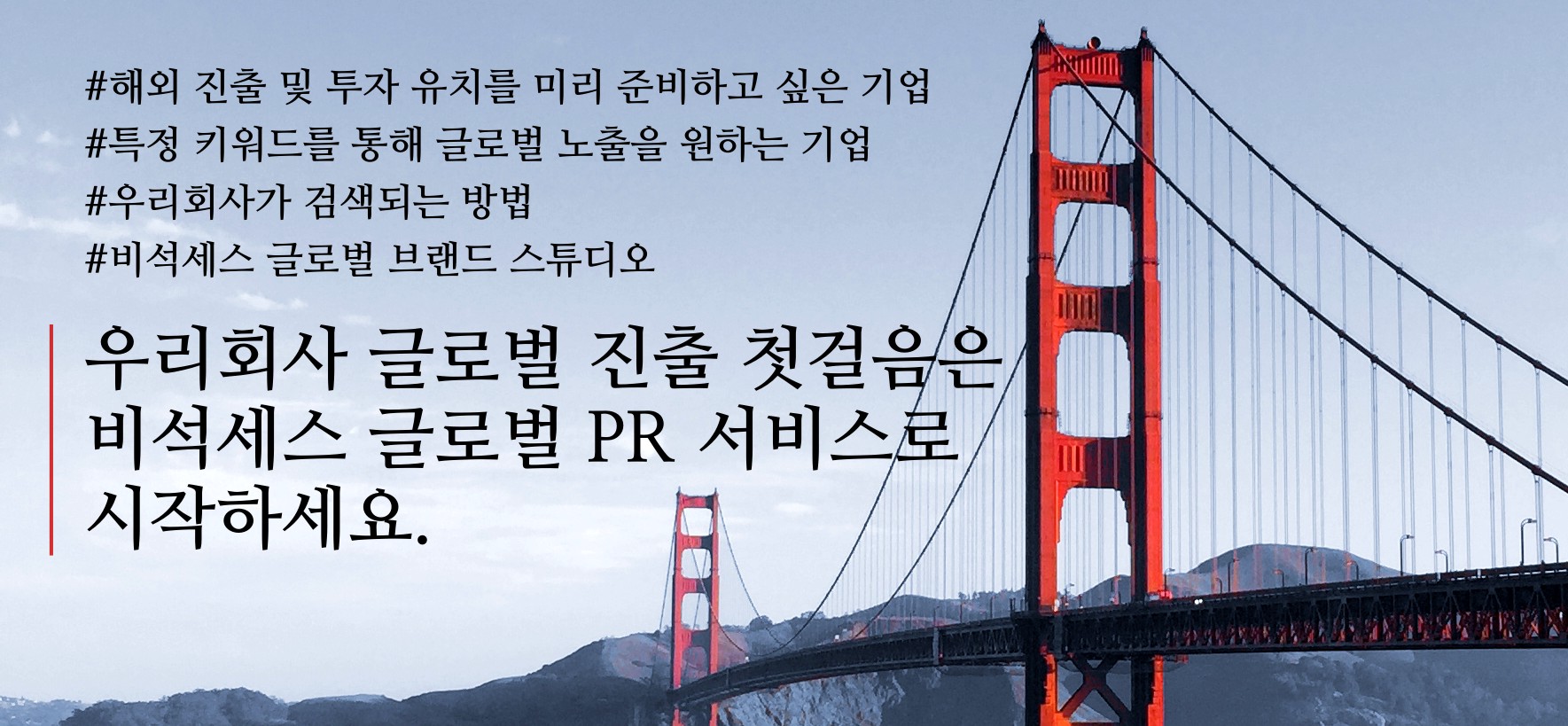Saemin Ahn leads Rakuten Venture’s strategy and investments in South East Asia, Korea and North America. The size of the current fund is $100 million. Saemin previously led a $10 million fund focused on Singapore, Rakuten’s first in the region. I caught up with him in Seoul to find out where his current VC passions are focused. Currently Rakuten Ventures has invested in once Korean startup, file sharing service, ESTMob.
On Discovering Startups
“I find technology that I’m interested. I have certain themes that I track each quarter or each year and I search for starups that are solving problems in those particular spaces.”
Surprisingly perhaps, Saemin has only invested in one company that was recommended to him, preferring to identify startups based on his own research and due diligence.
What makes Korean Founders Attractive These Days?
Saemin believes that the Korean ecosystem is on a steep uptrend and that Korean founders present some of the most solid investment targets in Asia. He explained that Korean founders take their businesses very seriously and are able to produce an exceptionally high volume of work.
“When I think of Korean founders I think of guys who get their head down and do great work. But it’s also work that has weight and friction to it. It has mass.” He added that on top of this Korean founders are humble and passionate about what they are doing, which helps them to adapt quickly when given advice, or under changing conditions in the market.
South East Asia, The US, or Korea?
When asked which region was producing the most interesting startups reffered to compare the conditions under which entrepreneurship exists in the three regions; specifically the differences between starting up in a developed versus a developing situation.
He explained that in developed economies startups are used to operating in an environment in which the infrastructure is in place, allowing startups to focus on their technology and service. In such markets founders would typically struggle with higher level, consumption based planning issues and strategic execution.
In developing markets like Indonesia, by contrast, founders have to deal with much more fundamental issues. These could include obstacles faced by challenging infrastructure, marketing and distribution. Only once these issues are resolved are they are able to build services on top, whether they be a photo-sharing app or an ecommerce platform.
Global Experience Often Equates To Greater Success
One trait Saemin identified especially in developing markets like Indonesia is that some of the best founders are those who have a more global view in building out their product and service.
For example, founders who have spent time in the US, either at university or in work placements, often return home better prepared for the challenges of starting and growing a venture than those who have had less opportunity to do so. The Traveloka team is an amazing example of a top spec team with global experience, tackling and winning in developing markets.
Similarly, US startups that have global experience and perhaps a more diverse global team tend to fare better than those which have only experienced their home-nation technology environment and market dynamics.
Which Korean Technologies Are Grabbing Saemin’s Attention?
In Korea Saemin is particularly interested in Ad Tech companies. “Considering total Ad spend, Korea has the highest ratio of mobile Ad spend in the world,” he explained. He went on to say that the Korean market is maturing and developing very differently than in other places.
This was interesting because I had often heard that Korea lags the USA in Ad tech by something in the order of three to four years. Saemin explained that while the technologies domestically might seem to have less functionality compared to cohorts in the West, he sees this as more of a manifestation of targeting needs and data availability in the market. For example, Korea could be seen as more homogenous in demographic than the US. Additionally, for various privacy reasons, overall tracking might be limited. These two factors put the ad tech ecosystem in Korea on a very different evolutionary track.
Saemin also believes that there are a lot of exciting developments in Korea in the data encryption and data masking spaces. This is particularly on-topic now with current privacy issues commanding national attention. He explained that whereas before security programs made it tough to ‘get into the box,’ now technologies in Korea are ‘making it tough to find the box’ in the first place. This is done using false flag layers of code on top of the genuine information, thereby hiding it. This type of security encryption makes it very energy intensive to find and steal data. He explained that data masking is also being used to hide bitcoins in bitcoin wallets online. With this security shield, even if hackers get into a bitcoin wallet they still can’t find the bitcoins.






